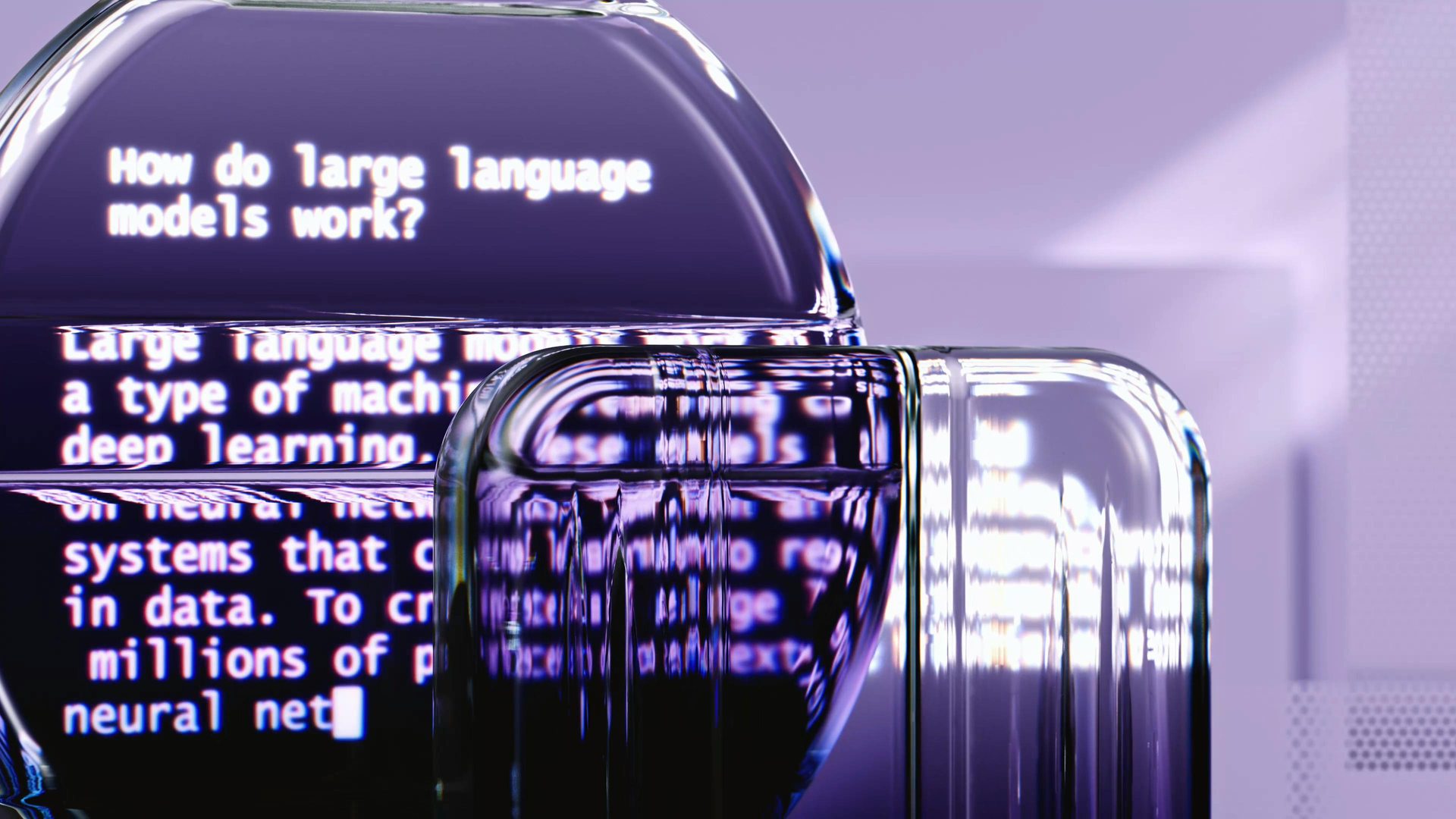Are Chatbots Replacing Human Connection?
Chatbots have become an integral part of customer service across industries, offering businesses a way to handle inquiries quickly, efficiently, and cost-effectively. From answering FAQs to assisting with purchases, chatbots provide a level of automation that has revolutionized customer interaction. But with this shift toward automation, a critical question arises: Are chatbots replacing genuine human connection? And if so, at what cost?
In this blog, we’ll explore the role of chatbots in customer service, their benefits, limitations, and whether they can truly replace the human touch.

The Rise of Chatbots
Chatbots leverage artificial intelligence (AI) and machine learning to simulate conversations with users. They’ve gained immense popularity due to their ability to:
- Operate 24/7, providing round-the-clock support.
- Handle multiple inquiries simultaneously, reducing wait times.
- Offer cost-effective solutions for businesses looking to streamline operations.
Examples of Chatbot Integration
- E-commerce: Chatbots assist customers with product recommendations, order tracking, and returns.
- Healthcare: Virtual assistants schedule appointments and provide preliminary health advice.
- Banking: Bots handle account inquiries, fraud alerts, and financial tips.
The efficiency and scalability of chatbots make them an attractive option for businesses aiming to enhance customer service. However, efficiency doesn’t always equate to connection.
The Benefits of Chatbots
1. Speed and Efficiency
Chatbots excel at providing instant responses to customer inquiries. This speed is particularly valuable for handling repetitive tasks or answering common questions.
- Example: A travel agency’s chatbot can instantly provide flight information or booking details, saving customers from long wait times.
2. Cost Savings
By automating routine tasks, businesses can reduce labor costs and allocate human resources to more complex issues.
- Stat: Chatbots are projected to save businesses $8 billion annually by 2024.
3. Scalability
Unlike human agents, chatbots can handle thousands of interactions simultaneously, making them ideal for businesses experiencing high volumes of customer inquiries.
- Example: During a product launch, a chatbot can address a surge in customer questions without additional staffing.
4. Personalization Through AI
Advanced chatbots can use data analytics to provide personalized recommendations and responses, enhancing the customer experience.
- Example: An AI-driven chatbot can suggest products based on a customer’s browsing history and preferences.
The Limitations of Chatbots
Despite their advantages, chatbots have significant limitations that hinder their ability to replace human connection entirely.
1. Lack of Emotional Intelligence
Chatbots cannot replicate human empathy or understand nuanced emotions. When customers face complex or sensitive issues, a bot’s scripted responses can feel cold and impersonal.
- Example: A customer seeking support for a billing error may feel frustrated if the chatbot fails to understand their concern, escalating the situation further.
2. Limited Problem-Solving Ability
While chatbots handle simple queries well, they struggle with complex or unique problems that require critical thinking or creativity.
- Example: A technical support chatbot may fail to resolve a unique software issue, requiring human intervention.
3. Risk of Miscommunication
Chatbots rely on programmed responses and natural language processing, which can lead to misunderstandings if a user’s input isn’t clear.
- Example: A chatbot might misinterpret a customer’s query about a refund as a product inquiry, leading to frustration.
4. Lack of Cultural Sensitivity
Chatbots may not always account for cultural nuances, tone, or context, leading to interactions that feel robotic or inappropriate.
When Human Connection Matters
There are certain scenarios where human interaction is irreplaceable, including:
1. Emotional Support
For industries like healthcare, counseling, or hospitality, human empathy and understanding are critical. Customers often need reassurance that only a real person can provide.
2. Complex Problem-Solving
When issues require creativity, critical thinking, or negotiation, human agents are far more effective than chatbots.
3. Building Relationships
For brands that prioritize customer loyalty and long-term relationships, human interaction fosters trust and strengthens bonds.
4. High-Stakes Situations
In scenarios involving sensitive or high-value transactions, customers prefer the assurance of speaking with a knowledgeable human.
Striking the Right Balance
The key to leveraging chatbots without losing human connection is finding the right balance. Businesses can achieve this by integrating both automated and human interactions strategically.
1. Use Chatbots for Routine Tasks
Automate repetitive or low-stakes inquiries, such as FAQs, order tracking, or appointment scheduling, freeing up human agents for more complex tasks.
2. Provide Seamless Escalation
Ensure that chatbots can seamlessly transfer users to human agents when needed, maintaining continuity and minimizing frustration.
- Example: A chatbot handling a refund request can escalate to a human agent if the customer expresses dissatisfaction or provides additional details.
3. Incorporate Emotional Intelligence into Bots
While true empathy is beyond AI’s reach, bots can be programmed to use empathetic language and tone, creating a more positive experience.
- Example: Phrases like “I understand your concern” or “Let me help you with that” can make interactions feel more human.
4. Train Human Agents to Complement Bots
Equip human agents with tools and training to address issues that bots can’t handle effectively, ensuring a seamless handoff.
- Example: A chatbot can collect preliminary information about a technical issue before transferring it to a human agent, speeding up resolution time.
The Future of Chatbots and Human Connection
As AI technology continues to evolve, chatbots will become increasingly sophisticated. Key trends shaping the future include:
1. Conversational AI
Advances in natural language processing and machine learning will enable chatbots to understand and respond more accurately to user inputs.
2. Hybrid Models
Future customer service models will blend chatbots and human agents, ensuring efficiency without sacrificing empathy.
3. Voice-Activated Assistants
Voice-based chatbots will provide hands-free convenience, making interactions even more seamless.
4. Proactive Assistance
AI-driven bots will anticipate customer needs and offer proactive solutions, enhancing the user experience.
Conclusion
Chatbots are powerful tools for improving efficiency and scalability in customer service, but they cannot fully replace human connection. While bots excel at handling routine tasks and providing quick responses, they lack the emotional intelligence and problem-solving capabilities that define meaningful interactions.
The solution lies in a hybrid approach, where chatbots and human agents work together to deliver exceptional customer experiences. By leveraging the strengths of both, businesses can enhance efficiency without compromising the personal touch that builds trust and loyalty.
💡 Takeaway: Chatbots aren’t here to replace humans—they’re here to enhance the way we connect with customers. When used strategically, they can improve service while preserving the human connection that truly matters.







